When Art Meets Politics: Is it Still Quality Fiction?
Whence arises the question above? If you have spent time in mainstream literature classes, alas, you will know. While the bias against mixing art (or what elite folk think of as “real art”) with the political has greatly diminished over the past fifty years, especially in the world of activism, it has not disappeared. Again and again literature students are taught that being political obstructs the production of good fiction. This notwithstanding, the truth of the matter is we have incredibly good fiction that is overtly political. Take, for example, such powerful and richly imaginative feminist and anti-racist novels as Madge Piercy’s Woman on the Edge of Time.
Take Toni Morrison’s Beloved. Do we really want a bias which militates against penning such masterpieces?
To probe further into the error being made, the assumption that there can be such a thing as a piece of writing that is non-political is gravely mistaken. The seemingly non-political is rather the internalization of a hegemonic politics. Additionally, an illegitimate conflation is being made between being overtly political and being “polemical”—(i.e., simplistic, rhetorical, heavy-handed)—something that great writers like Piercy never are.
So what is my advice to other writers of fiction? Paint with a full palette of colours. In no way feel that you need to avoid the political. Fiction gives us lessons about life, provides insights into human existence—and “the political” is an intrinsic aspect of this. At the same time, ensure that you are not falling into being polemical, for at that point, art, as is were, “goes out the window”.
Is there a possibility of our endangering the quality of our art precisely by being overtly political? There can be. What follows, accordingly, are guidelines that might help you safely navigate the terrain: Do not let the overtly political overwhelm your work. Make it rather one among many strands. As always, prioritize making the imagined world come alive. Weave together a variety of themes and plot lines. Make sure that in some way or other, you are shedding light on the basic dilemmas of human existence. Eschew “good guys” and “bad guys” scenarios, avoid characters that are personified abstractions, and in the process, give birth to multidimensional and nuanced characters.
A recent novel of mine is one among many examples of how this can be done. It is called “The Other Mrs. Smith” and the story which emerges is told from the perspective of Naomi, a shock survivor who struggles to recover what she can of her life after being subjected to and severely damaged by ECT (electroshock). Yes, without question, there is a political intent behind the novel—to awaken the reader to the horrific reality of electroshock. At same time, the novel is hardly single dimensional. Examples of other themes which crisscross throughout this novel are the mystical connection between identical twins, north-end Winnipeg Jewry, and how as human beings, we can make something meaningful of what has been made of us. The writing often reaches the dimensions of the lyrical, and a spirituality inhabits this work. Moreover, the characters are at once varied and multi-faceted, with even the husband who signs for his wife to be shocked depicted in his full humanity.
In this regard, Tom Sandborn—one of the journalists who has reviewed the novel, writes:
This could, at first blush, seem like unpromising material for a novel. Whatever their position on the public debates about ECT, the average reader might be forgiven if she thought an anti-ECT polemic told from the perspective of someone whose memory has been followed out by the controversial procedure would not work as fiction. Such a reader would be wrong.
He goes on to wax eloquent over what he calls on the book’s “richly imagined cast of characters,” and he ends by pronouncing the novel “a literary tour de force.”
In short, write a solid work of fiction and readers will recognize it as such.
Will some who are allergic to the political generally or your particular politics critique your work as if it were inferior fiction regardless? This can indeed happen, especially if you are a well-known political figure, and especially if it touches on “controversial issues”. However, such an outcome hardly spells disaster. Here once against The Other Mrs. Smith sheds light.
While most reviewers have lavished generous praise on this novel, by contrast, one reviewer largely dismissed it as a simplistic polemical work. Whereupon commentators on the review—and, within short order, an abundance of them popped up—to a person, made it clear that they saw the reviewer—not the author—as a problem, in the process, rising to the defence of the novel. In short, the average reader can be trusted to recognize quality art when s/he comes across it and s/he knows deep in her bones who is and who is not being polemical.
Speaking more generally, the aesthetic and the ethical are far from antithetical. While they spring from different branches of philosophy, they complement each other exquisitely. What goes along with this, while those of us literary artists who consciously incorporate the political are generally more closely allied to current disenfranchised communities—the Indigenous, the poor, the refugee, the trans community, the mad—we also stand is a long and honourable tradition of writers who leverage their art to comment on the practices and events of the day. No less a notable than Shakespeare himself did precisely this, hence Queen Elizabeth I rising in indignation upon attending a production of his play Richard II and exclaiming, “I am Richard II, know ye not that?”
In short, the political is not the enemy of art. And together, they allow us to take in on the deepest possible level that what happens in the world matters.
Correspondingly, if approached skillfully, cannot the political itself be made to dance?
—
Dr. Bonnie Burstow is a professor at University of Toronto. An antipsychiatry and a trauma theorist, she mainly writes nonfiction but she has also written two novels—The House on Lippincott (Toronto: Inna Press) and The Other Mrs. Smith (Toronto: Inanna Press). See http://bizomadness.blogspot.ca/
Follow her on Twitter @BizOMadness
About THE OTHER MRS. SMITH
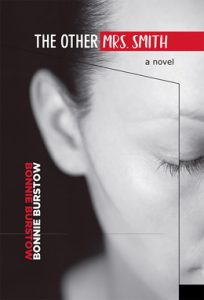
This novel traces the life experiences of a once highly successful woman who falls prey to electroshock and subsequently struggles to piece back together her life. Naomi suffers enormous memory loss; additionally, an estrangement from her family of origin that she has no way to wrap her mind around.
The novel begins with her wandering the corridor of St. Patricks-St Andrews Mental Health Centre (St. Pukes) faced with the seemingly impossible challenge of coming to terms with the damage done her, as well uncovering the hidden details of her life.
It moves back and forth between a relatively happy childhood in the legendary north-end Winnipeg of the mid-1900s and post-ECT adulthood in Toronto. An exceptionally kind man named Ger who befriends Naomi comes to suspect that important pieces of the puzzle of what befell her lurk beneath the surface of writing in a binder of hers, which comes to be known as Black Binder Number Three.
What Naomi progressively comes to do, often with Ger’s help and just as often with the help of a very different and eerily similar sister named Rose, is find ways to do justice to her life and to the various people in it. Filled with a vast array of colourful and insightful characters from a variety of communities—Toronto¹s Kensington Market of the 1970s, the 1970’s trans community, north-end Winnipeg Jewry, and the ingenious and frequently hilarious mad community—this novel sensitizes us to the horror of electroshock, takes us to new levels in our understanding of what it means to be human, and, in the process, leads us to question the very concept of normalcy.
“Bonnie Burstow’s The Other Mrs. Smith is a first rate, emotionally powerful novel. Her writing is vivid and personal, spiced with pungent Jewish expressions. The scenes with Winnipeg’s North End have a life-like, photographic intensity, also important social history. The portrayal of Jewish family relatives is very personally involving, and some of the psychiatric inmates are so sharply sketched, they bring back my own early memories.”
—Don Weitz , Toronto psychiatric survivor, social justice activist, and co-editor of Shrink-Resistant
“Forced electroshock left me bereft of my life’s purpose, until I spoke out. Though the testimonial facts of the struggle up from brain damage are mine and those of other survivors, this powerful story and the sheer artistry of its handling is all Bonnie. A gem of a novel and a “must-read.””
—Connie Neil, author of Aftershock: Raised Consciousness Crumbles SHAM Psychiatric System
“Burstow’s writing style is clear, stark, and informative, allowing the abundance of characters the space to become fully animated. She moves the reader back and forth in time metaphorically strengthening our ability to consider the history of electroshock. Read it to meet the characters and be in these rich Canadian locales. I encourage you to read it to consider how we can better the human condition.”
—Spencer J. Harrison, artist, activist, educator at OCAD University
Category: Contemporary Women Writers, How To and Tips




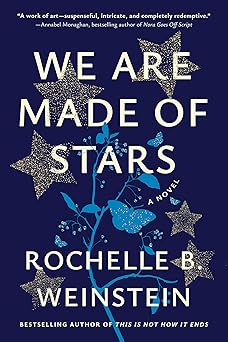
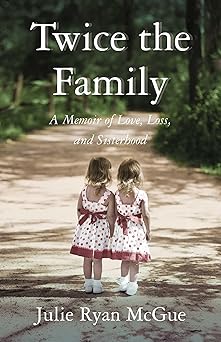
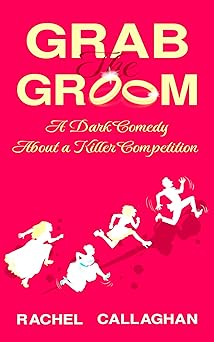
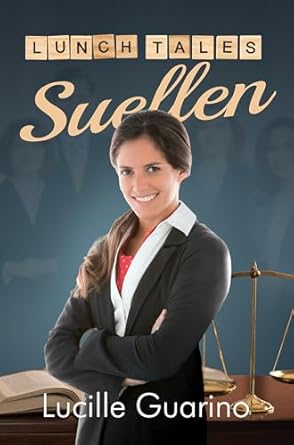
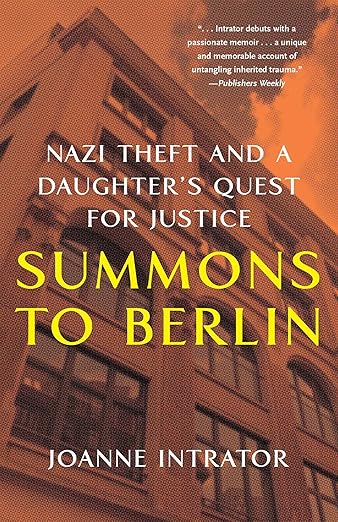
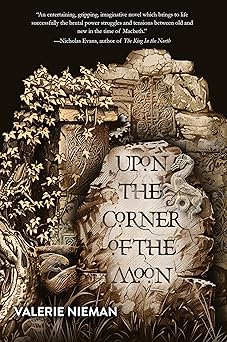
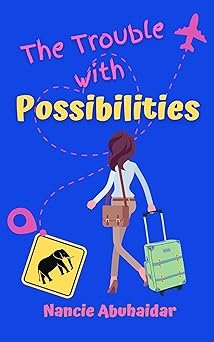

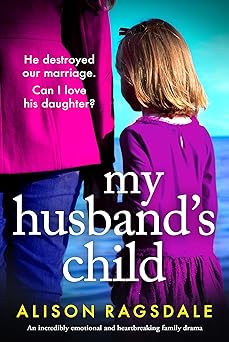
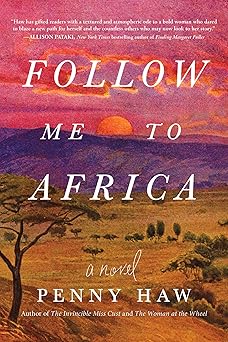
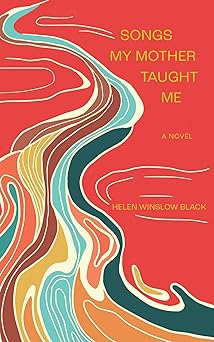
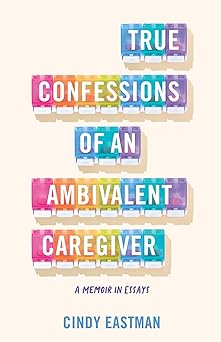
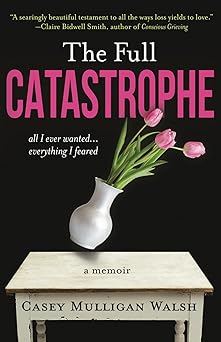
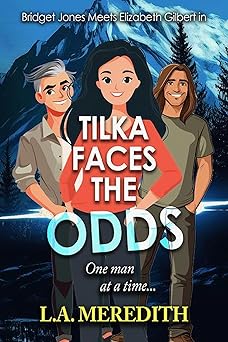
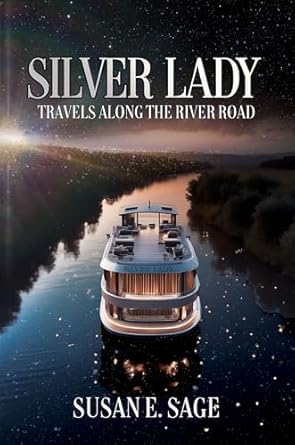
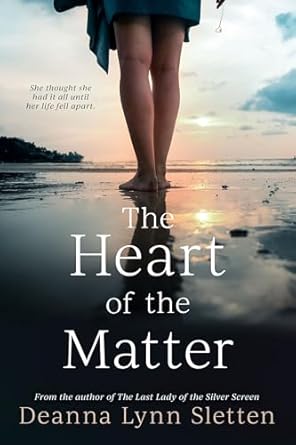
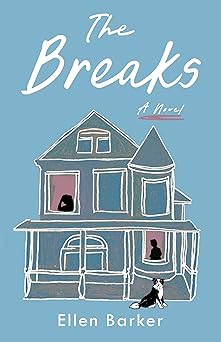
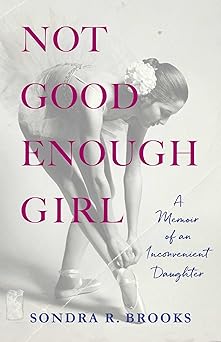
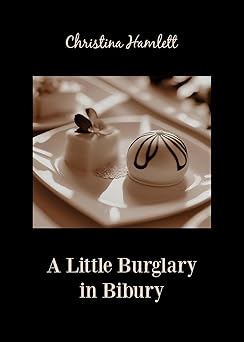
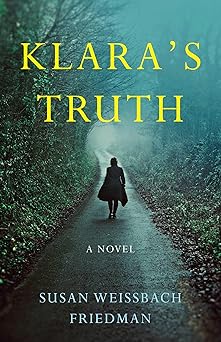
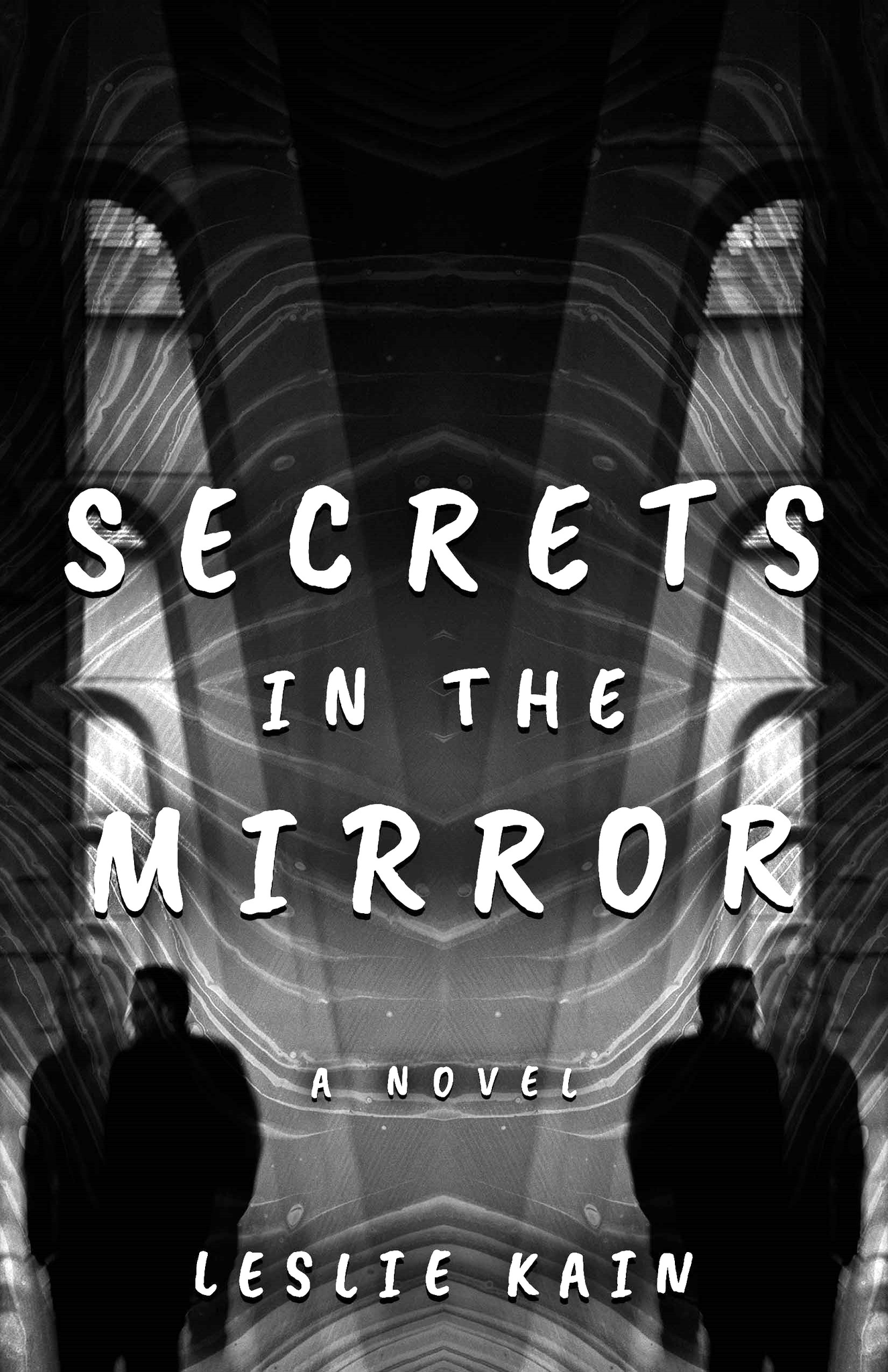
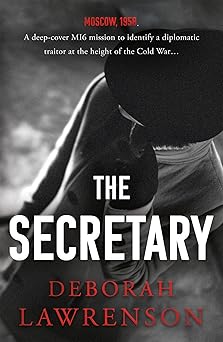
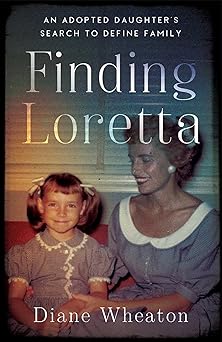
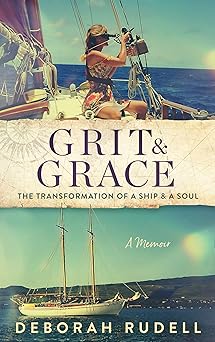
Bonnie–
I appreciate you as a person–a survivor who has gone on to help others and even create an academic department around her past pain to improve the profession.
I am lacking in knowledge of literary academia and its prejudices.
I was accused of presenting incorrect and dangerous advice on Quora.com and that I was really not recovered. That I was using my writing on Quora to promote my memoir.
This attack, as well as what you mention, I take as forms of successful outreach. The fact that someone bothered to take the time to project these ideas on me is flattering. I had no idea I had an effect.